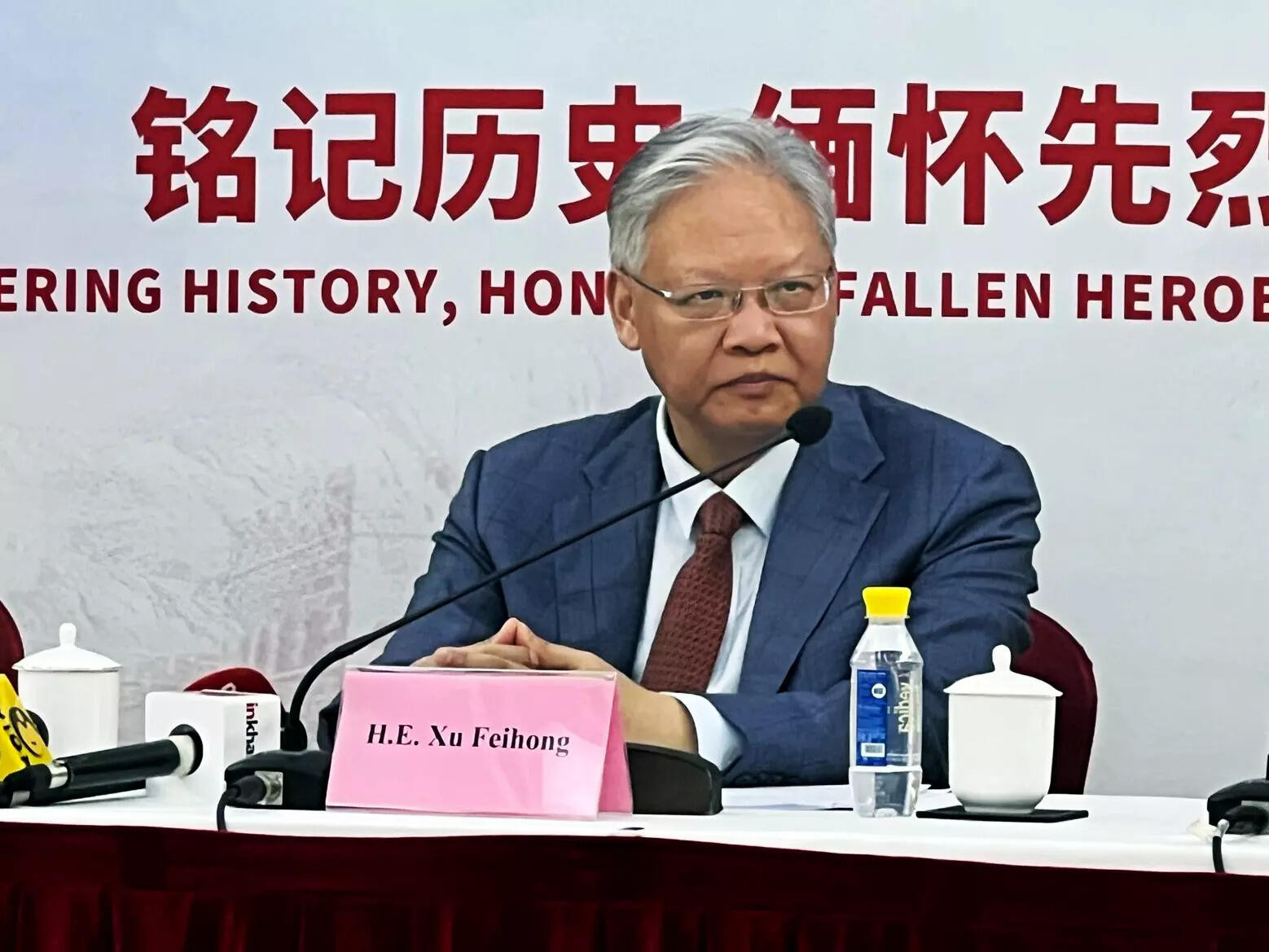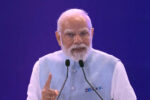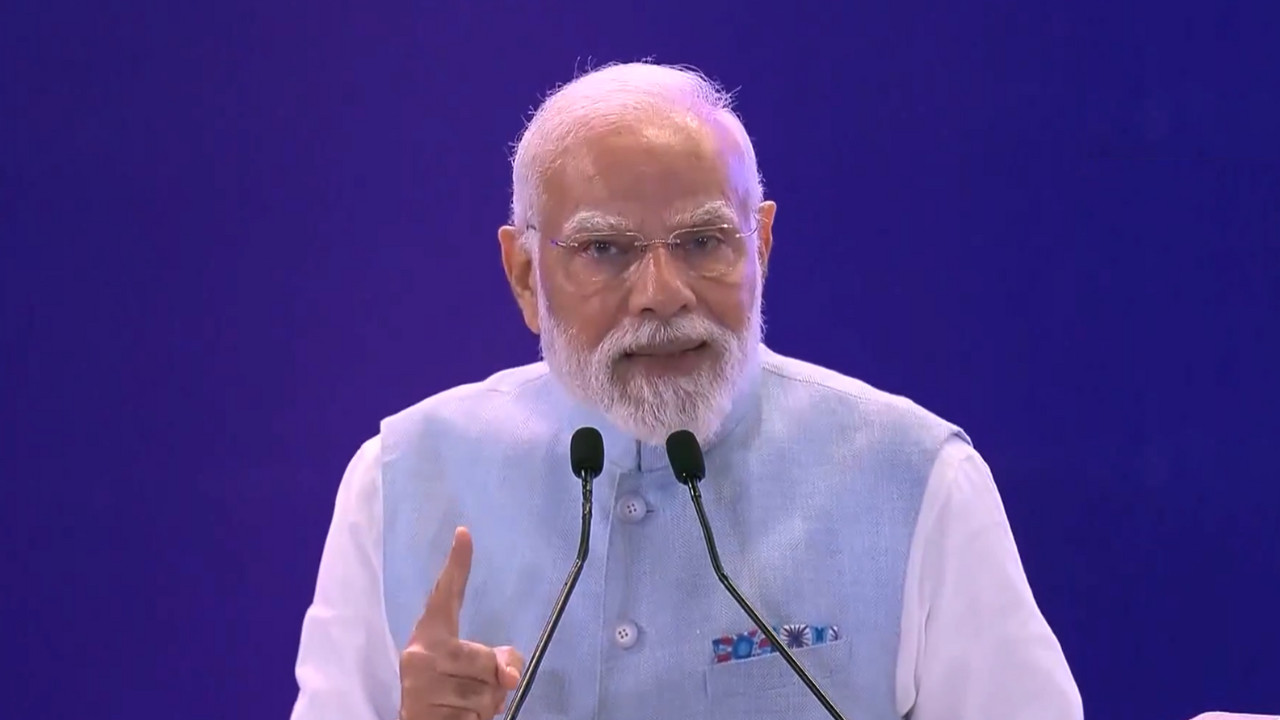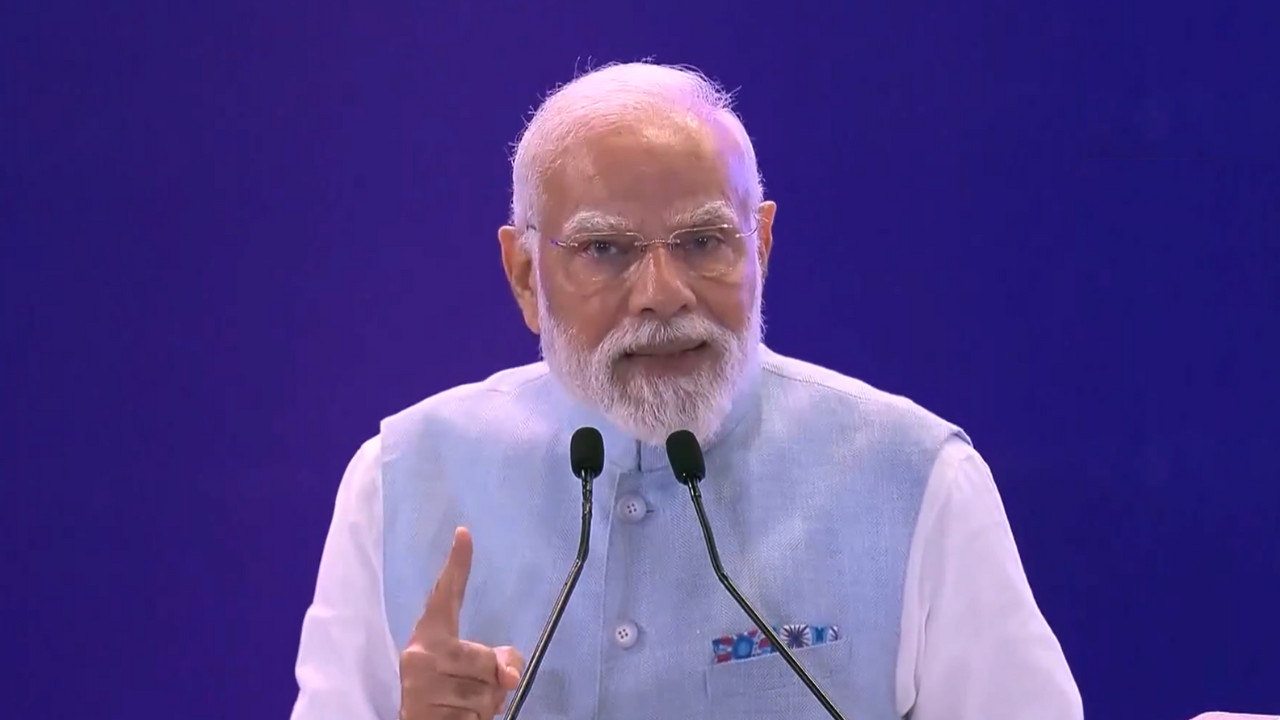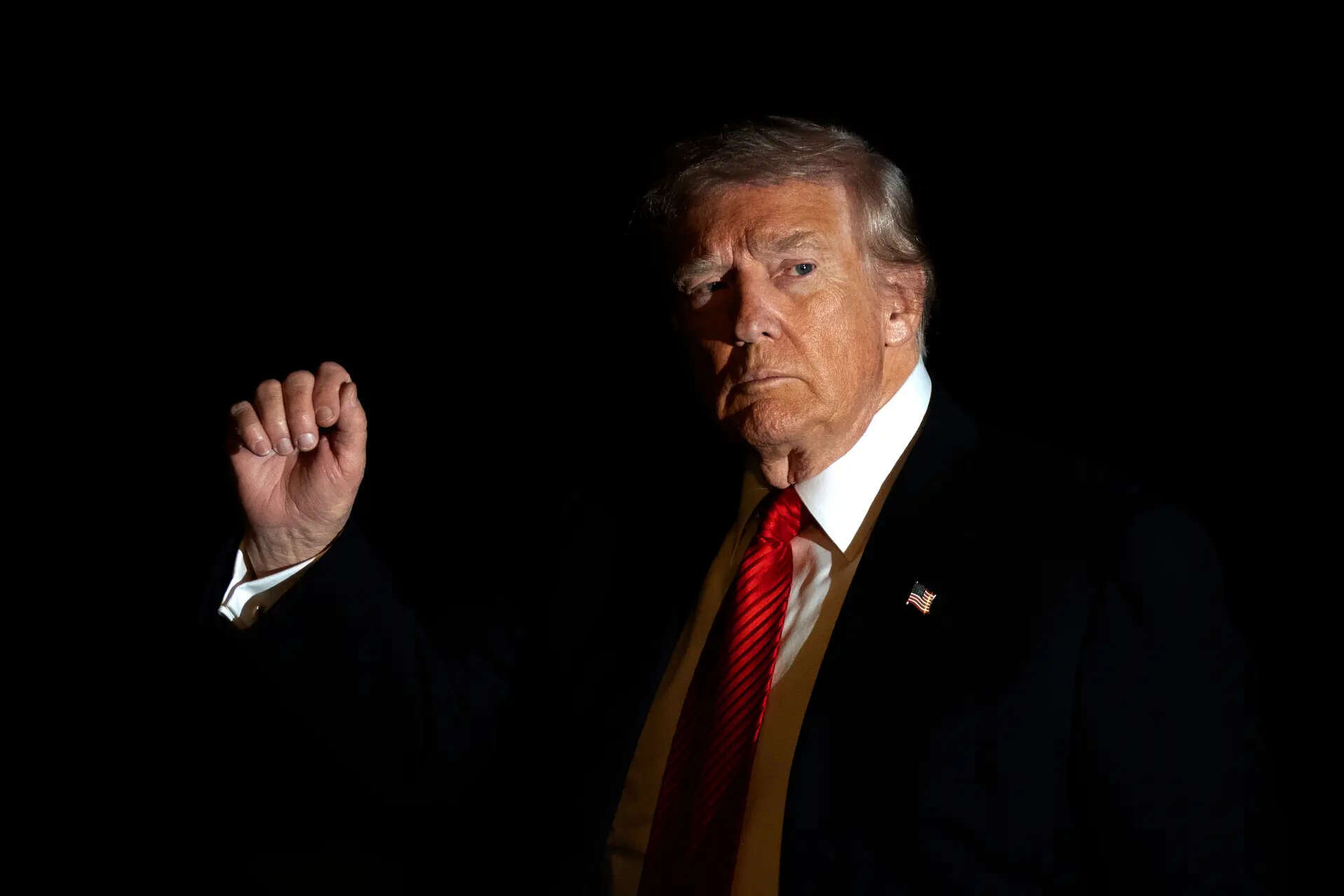China criticizes the United States’ 50% tariffs on Indian imports. China calls the move unfair and unreasonable. Ambassador Xu Feihong emphasizes strong India-China ties for global development. The US imposed additional levies linked to India’s Russian crude purchases. President Trump defends the measures and warns of further action. He claims India offered a no-tariff deal.
Is the US-India Trade Relationship Heading for Choppy Waters?
The global trade landscape is constantly shifting, a complex dance of tariffs, diplomacy, and economic interests. Recently, the spotlight has been on the simmering tensions between the United States and India, sparked by US tariffs on Indian goods. While trade disputes are nothing new, the pointed remarks from a top Chinese diplomat have added a new layer of intrigue to the situation. Are we witnessing a minor squabble or the beginning of a more significant trade rift?
The heart of the matter lies in the US imposition of tariffs, now reportedly around 50%, on a range of Indian products. These tariffs, seemingly aimed at protecting American industries, have been labeled as “unfair” and “unreasonable” by the Chinese Ambassador to India, Xu Feihong. While the comments might seem unusual coming from a representative of another nation, they highlight the interconnectedness of the global economy and the potential ripple effects of trade policies.
But let’s zoom out for a moment. The US has consistently argued that its trade practices aim to level the playing field, addressing what it perceives as unfair trade practices by other countries. Historically, the US has touted the benefits it has supposedly reaped from free trade. However, critics argue that these benefits have not always been evenly distributed, and that protectionist measures, like tariffs, are sometimes necessary to safeguard domestic industries and jobs. The perspective from Beijing, however, suggests a different narrative – one where the US is unfairly penalizing India through elevated tariffs.

Understanding the Impact of US Tariffs
So, what’s the real-world impact of these US tariffs on India? For Indian businesses, increased tariffs mean higher costs for exporting goods to the US. This can make their products less competitive in the American market, potentially leading to reduced sales and profits. Sectors like textiles, agriculture, and certain manufactured goods, which rely heavily on exports to the US, could be particularly vulnerable.
Furthermore, these tariffs can create uncertainty and instability in the Indian economy. Businesses may delay investments or scale back expansion plans due to concerns about future trade barriers. This can have a knock-on effect on job creation and economic growth.
On the other side of the Pacific, the US argues that these tariffs are necessary to protect American jobs and industries. The idea is that by making imported goods more expensive, American consumers will be more likely to buy domestically produced products, thus boosting the US economy. Whether this approach truly delivers on its promise is, of course, a subject of ongoing debate. Are US tariffs a short-sighted strategy that ultimately hurts consumers through higher prices and limited choices, or a necessary tool to safeguard its economic interests?
The Diplomatic Dimension
The fact that a Chinese diplomat has weighed in so strongly on this issue adds another layer of complexity. It suggests that China sees the US-India trade relationship as part of a larger geopolitical chessboard. China and India are both major players in the global economy, and their relationships with the US have significant implications for the balance of power.
It’s worth remembering that this isn’t the only trade-related friction point the US is juggling. Tensions remain with several countries, highlighting the ongoing challenge of navigating a complex and interconnected global trade environment. To learn more about the complexities of global trade, consider reading our article on [Supply Chain Resilience in the Face of Geopolitical Instability](internal-link-here).
Navigating the Future of US-India Trade
Where does this leave us? The US-India trade relationship is undoubtedly at a critical juncture. While disagreements over tariffs are common, the strong rhetoric surrounding this particular issue suggests that deeper underlying tensions may be at play.
Finding a path forward will require careful diplomacy and a willingness on both sides to compromise. Open dialogue and a commitment to fair trade practices are essential to prevent further escalation and ensure a stable and mutually beneficial economic relationship. Successfully navigating these challenges is crucial, not just for the US and India, but for the stability of the global economy as a whole. The future of US tariffs and their impact on international relationships will have significant implications moving forward.
